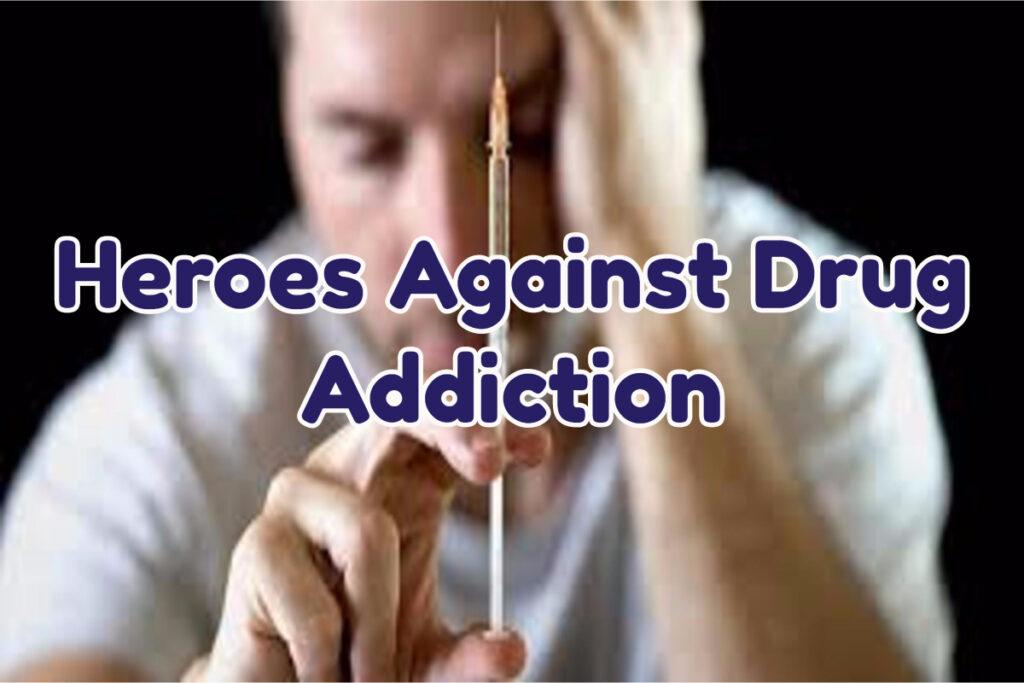
Addiction is more than just a bad habit or a lack of willpower; it is a complex medical condition rooted in the brain’s chemistry and function. From a physician’s perspective, addiction represents a chronic disease that requires comprehensive medical intervention, just like diabetes or hypertension. Understanding the science of dependence is essential for treating addiction effectively and compassionately.
The Medical View: Addiction as a Brain Disease
When someone develops an addiction, it fundamentally alters how their brain works. Addictive substances—such as opioids, alcohol, nicotine, or stimulants—interfere with the brain’s communication system and alter the way nerve cells send, receive, and process information. Most addictive substances trigger a surge of dopamine, the neurotransmitter responsible for pleasure and reward. Over time, the brain adjusts to these surges by producing less dopamine or reducing the number of dopamine receptors.
This leads to a diminished ability to feel pleasure from everyday activities and a growing compulsion to seek out the substance to achieve any sense of normalcy. As dependence develops, the brain’s decision-making, impulse control, and memory systems are also impaired, which helps explain why people continue using substances despite harmful consequences.
Risk Factors and Vulnerabilities
Doctors recognize that no two cases of addiction are the same. A range of genetic, environmental, and psychological factors influences whether a person becomes addicted. Genetics can account for nearly 40-60% of a person’s vulnerability to addiction. Early exposure to drugs, trauma, mental health disorders, and chronic stress can all increase the likelihood of substance misuse.
By identifying these risk factors, physicians can better tailor treatment to the individual. For example, someone with a family history of addiction and a diagnosis of depression may benefit from an integrated care plan that addresses both their mental health and substance use.
Diagnosis and Evidence-Based Treatment
Diagnosing addiction involves more than identifying substance use. Physicians assess patterns of behavior, changes in brain function, and the presence of withdrawal symptoms and cravings. Tools such as the DSM-5 (Diagnostic and Statistical Manual of Mental Disorders) help standardize diagnosis across the medical community.
Once diagnosed, treatment is most effective when it combines medical and behavioral strategies. Medication-Assisted Treatment (MAT) is often a first line of defense, especially for opioid and alcohol use disorders. These medications help reduce cravings and withdrawal symptoms, allowing patients to focus on recovery. In tandem, behavioral therapies like Cognitive Behavioral Therapy (CBT) and Motivational Interviewing (MI) help individuals change harmful thought patterns and behaviors.
A Compassionate, Long-Term Approach
Addiction recovery is rarely a straight line. Relapse is common, not a sign of failure, but an indication that treatment needs to be adjusted. A doctor’s role is to provide long-term, empathetic care—offering ongoing support, monitoring progress, and updating treatment plans as necessary.
Ultimately, treating addiction as a medical condition removes the stigma and opens the door for more people to seek help. By understanding the science of dependence and taking a compassionate, evidence-based approach, doctors can empower patients to reclaim their lives and find lasting recovery.









